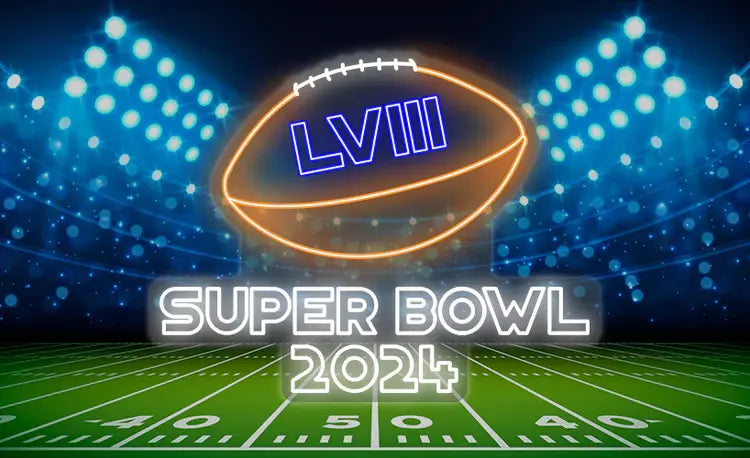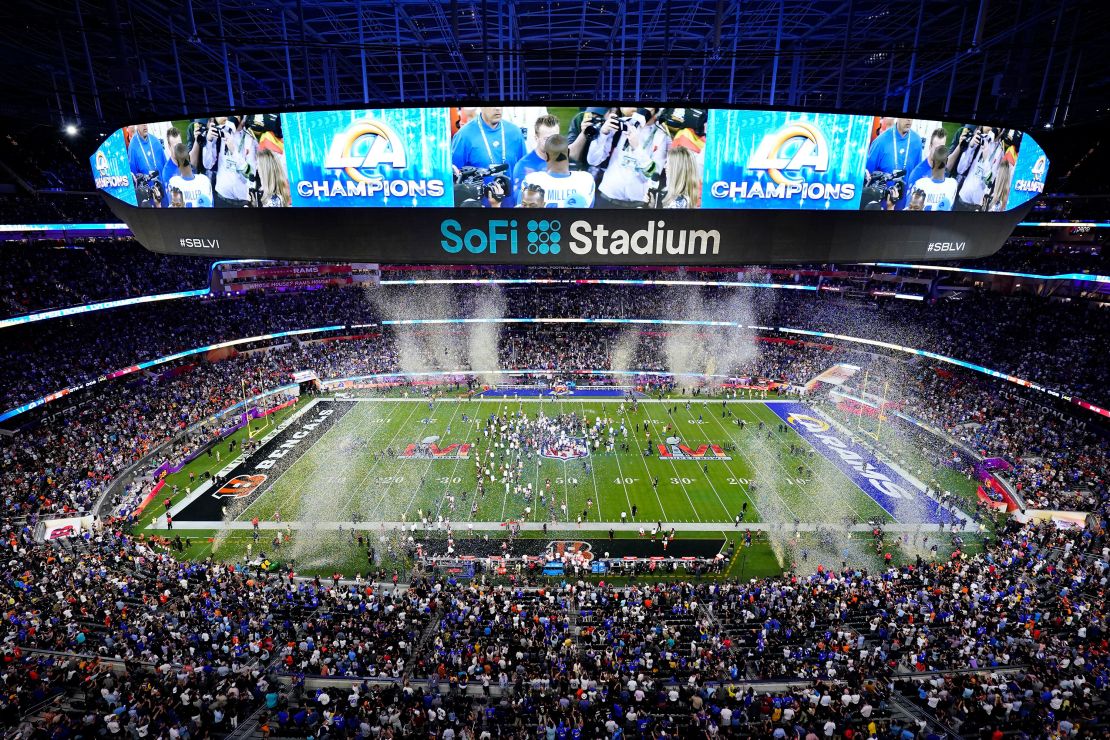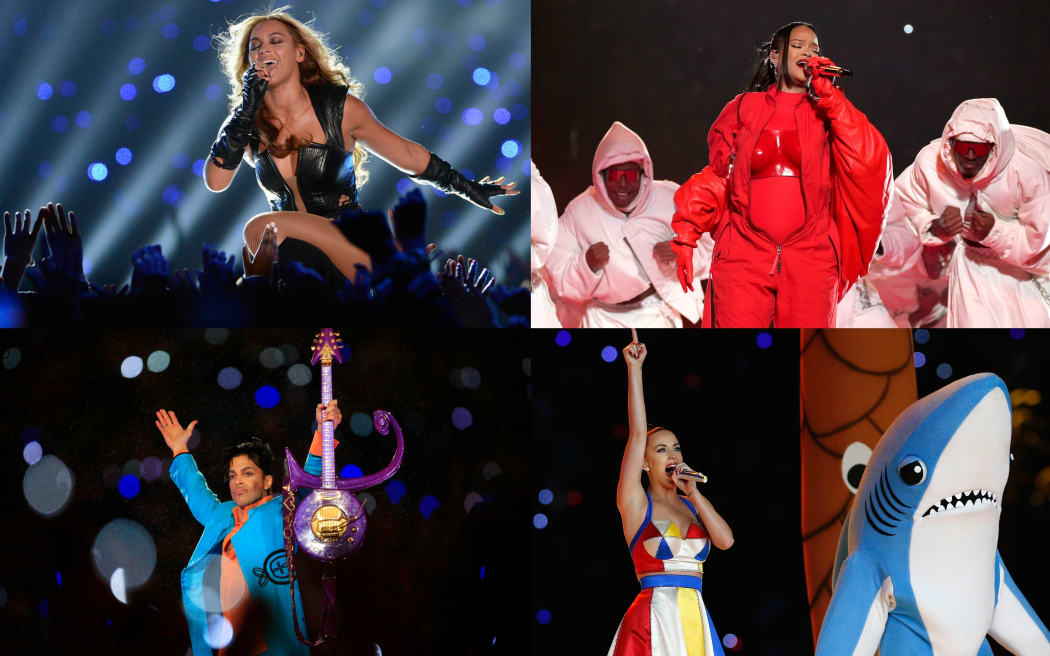
Super Bowl History: Origin and Current Briefing
Table of Contents:
Introduction
The Super Bowl stands as a testament to the enduring legacy of American sports and cultural influence. Originating in the early 20th century, the Super Bowl emerged from humble beginnings, rooted in the passion and camaraderie of local communities across the United States. Initially formed as a loose association of regional teams, the league gradually evolved, propelled by the burgeoning popularity of football and the unwavering dedication of players, coaches, and fans alike.
Over the decades, the Super Bowl has undergone a remarkable transformation, transcending its regional roots to become a global powerhouse in the world of sports entertainment. What began as a modest endeavor has blossomed into a multi-billion-dollar industry, captivating audiences across continents with its electrifying matchups, iconic rivalries, and larger-than-life personalities. From the legendary dynasties of the past to the rising stars of the present, the Super Bowl's rich tapestry of history is woven with tales of triumph, perseverance, and unparalleled athleticism. Each season brings new thrills and challenges as teams vie for supremacy on the gridiron, and fans eagerly await the next chapter in football lore.

As the Super Bowl continues to evolve and adapt to the ever-changing landscape of professional sports, its influence remains as potent as ever, shaping not only the game itself but also the cultural fabric of society at large. With each passing year, the league reaffirms its status as a global phenomenon, uniting fans of all ages and backgrounds in a shared celebration of passion, excitement, and the enduring spirit of competition.
The Cultural Significance of the National Football League:
The NFL holds a special place in American culture, going beyond its status as a simple sports event to become a beloved institution representing the essence of community, competition, and camaraderie. Essentially, the NFL serves as a unifying force, bringing together people from diverse backgrounds to celebrate athleticism, teamwork, and the pursuit of excellence. For millions of Americans, Sundays during the Super Bowl season are more than just a series of games; they represent a sacred ritual, a time-honored tradition that fosters a sense of belonging and belongingness. Whether gathered around the television with family and friends or cheering from the stands of a packed stadium, fans of the Super Bowl are united by a shared passion and devotion to the game.
Moreover, the NFL serves as a catalyst for the cultivation of community spirit and civic pride, transcending geographical boundaries to forge connections that extend far beyond the gridiron. From small-town gatherings to sprawling metropolises, the NFL provides a platform for individuals to come together, celebrate shared heritage, and forge lasting bonds that endure long after the final whistle has blown.

The NFL is a cultural symbol and an inspiration for athletes and enthusiasts. It offers a platform to showcase talents and represents the entire range of human emotions. The NFL is a testament to the enduring power of unity, diversity, and unbreakable bonds that unite us all in a shared love of the game. It is a constant source of comfort, excitement, and inspiration for generations to come.
The Artistic Impact of Super Bowl Half-time Shows:
The importance of half-time shows during the Super Bowl cannot be overstated. These intermissions have evolved into iconic spectacles eagerly anticipated by millions around the globe. Featuring performances by world-renowned artists, elaborate choreography, and state-of-the-art special effects, half-time shows offer a dazzling array of entertainment that transcends the boundaries of sport. They serve as cultural touchstones, uniting audiences of diverse backgrounds in a shared celebration of music, artistry, and creativity. Moreover, half-time shows provide an invaluable platform for artists to showcase their talent on one of the world's most prominent stages, leaving an indelible mark on the collective consciousness of viewers everywhere.
Illuminating the Super Bowl: The Transformative Role of LED Lighting
As the countdown to the Super Bowl commences, the anticipation among football enthusiasts worldwide reaches a fever pitch. Beyond merely being a championship game, the Super Bowl stands as a testament to the fusion of athleticism, entertainment, and cutting-edge technology. Amidst the roar of the crowd and the clash of titans on the field, there exists an unsung hero of the spectacle: LED lighting technology. As millions tune in to witness the showdown, they are often mesmerized by the athleticism and drama unfolding before them. Yet, the subtle interplay of light and shadow, color and intensity, adds an extra layer of magic to the Super Bowl experience. In the midst of the action, LED lighting quietly but powerfully transforms stadiums into vibrant arenas of excitement and wonder.

From the dazzling half-time shows featuring world-renowned performers to the meticulously choreographed pre-game ceremonies, LED lights serve as the silent architects of spectacle, illuminating every corner of the stadium with brilliance and precision. They transform the mundane into the extraordinary, turning simple signs and scoreboards into dynamic canvases of color and movement. As we prepare to witness another chapter in football history unfold, let us not forget the unsung heroes behind the scenes—the engineers, designers, and technicians who harness the power of LED technology to elevate the Super Bowl from a mere sporting event to a global phenomenon. In the coming days, as the world turns its eyes to the gridiron, let us take a moment to appreciate the role of LED lighting in shaping the spectacle that is the Super Bowl.
How LED Plays an Important Role in Organizing the Super Bowl:
LED technology is the unsung hero of half-time shows, transforming these intermissions into unforgettable experiences. From signage and scoreboards to marketing displays, LED technology is ubiquitous throughout the event. Its pivotal role often goes unnoticed, yet its impact is undeniable. Through a symphony of dazzling light shows and vibrant displays, LEDs revolutionize entertainment, captivating audiences with stunning visual effects. LED screens create immersive experiences for spectators, whether they're in the stadium or watching from home. Moreover, LEDs are integral to producing commercials screened during half-time, further enhancing the overall spectacle of the event and solidifying their status as indispensable tools, ideal for illuminating stadiums and enhancing the fan experience.

Conclusion:
As we eagerly await the kickoff of Super Bowl season, let us take a moment to appreciate the innovation and creativity behind the spectacle. From its humble beginnings to its current status as a global phenomenon, the Super Bowl continues to captivate audiences worldwide. And as technology evolves, so too does the Super Bowl experience, with LED lighting leading the way towards ever greater heights of excitement and entertainment. So, as you settle in to watch the game, take a moment to marvel at the brilliance of LED technology illuminating the world's biggest stage.
____________
Image Sources:

